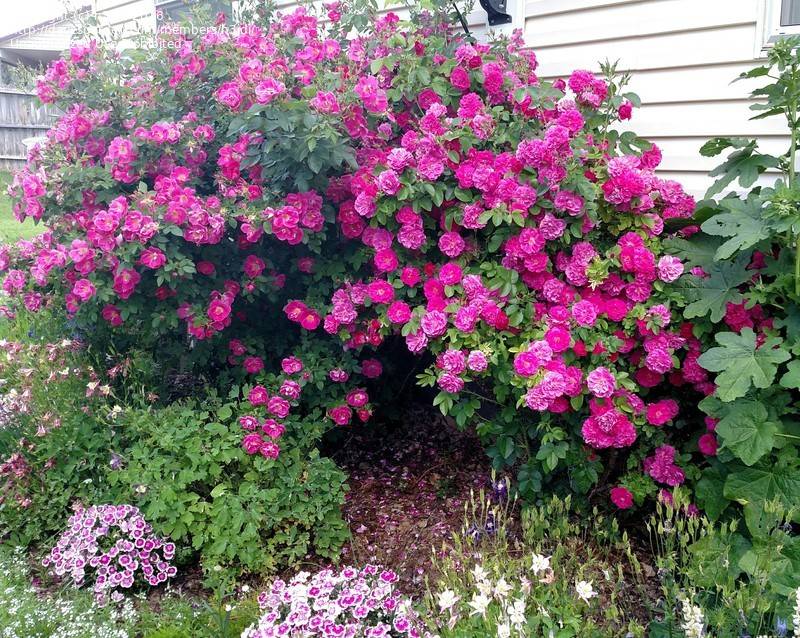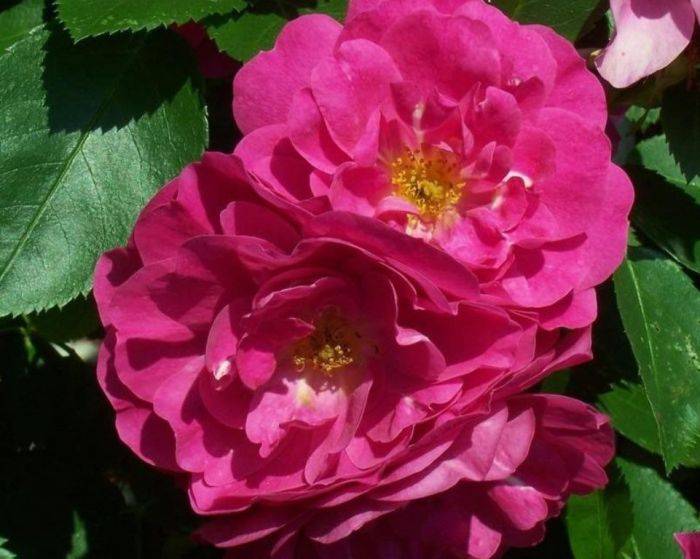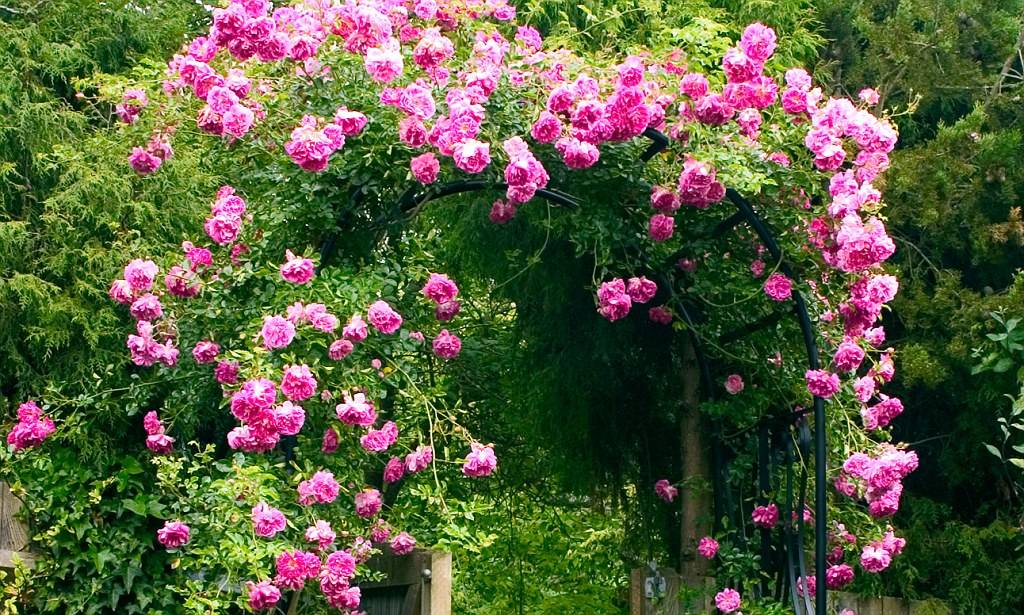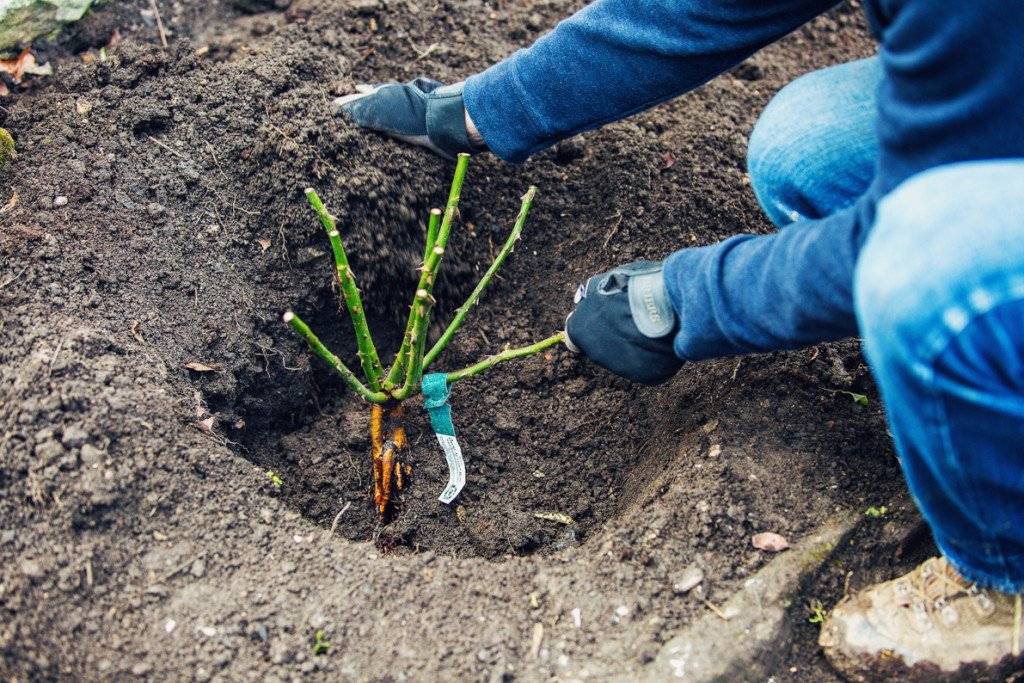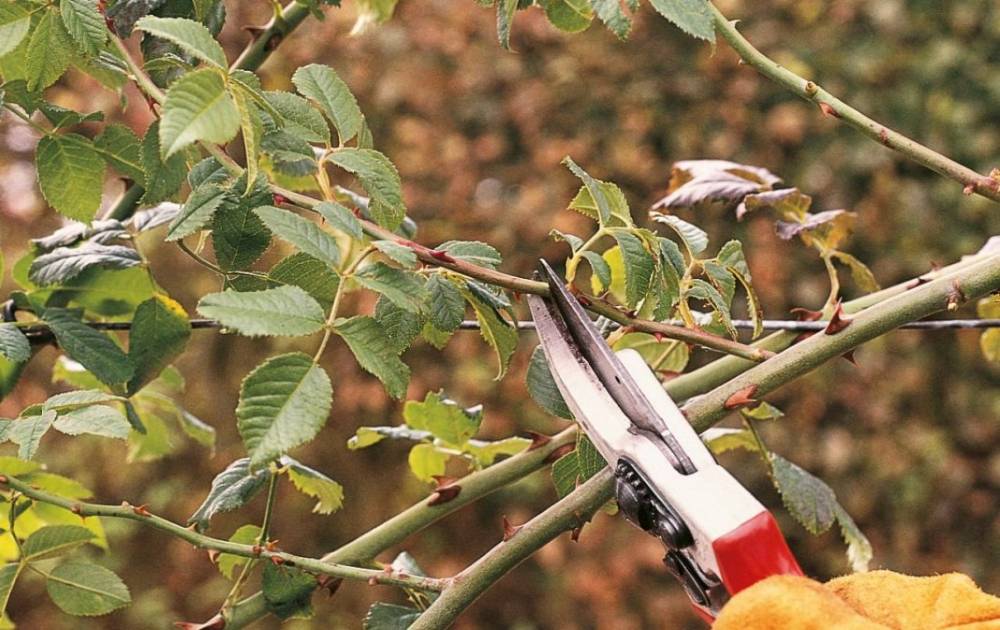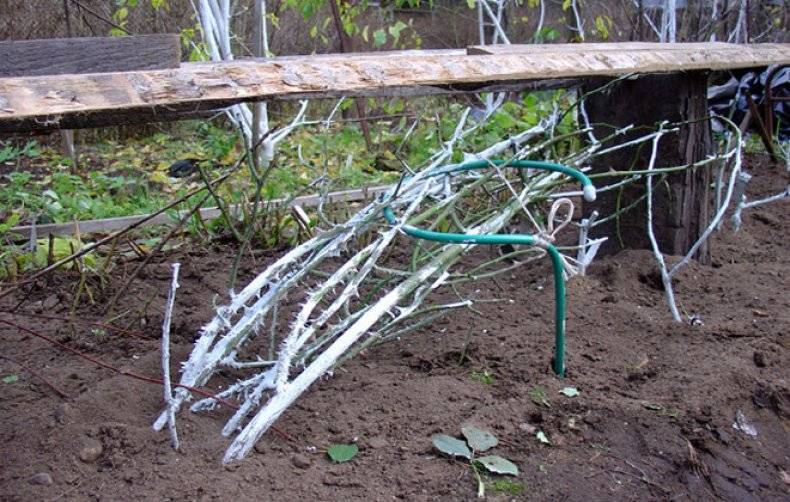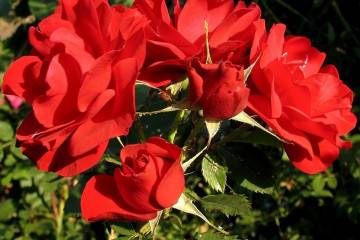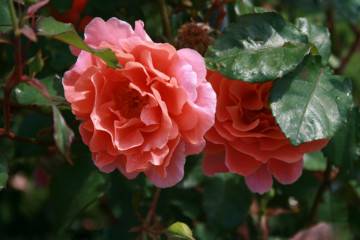Rose John Cabot
Content:
Rose John Cabot is a climbing rose characterized by increased frost resistance. This fact pleases the inhabitants of Canada, Central, Central Russia and, of course, the inhabitants of Siberia and the Urals. The flower is also appreciated due to its unpretentiousness and lush flowering.
Rose John Cabot - what is this variety, history of creation
This variety belongs to the Canadian group of roses, which are initially famous for their frost resistance. The Climbing Canadian Rose John Cabot is the first in his Explorer group, which varieties can be grown even by those who have never been involved in floriculture. Cold resistance and unpretentiousness are the main conditions that breeders sought when working on the Explorer.
The Government of Canada has allocated funds for the development of these varieties.
Brief description, characteristic
Botanical description of the plant:
- Form - climbing rose.
- Arcuate shoots, gradually leaning towards the ground, which is convenient when growing a flower near fences and hedges.
- The length of shoots in the southern regions can reach 3 m.
- Shoots are densely covered with light leaves, thorns are sharp, but rarely located.
- The flowers are pale purple, when fully expanded, they reveal a white core, form inflorescences of 3-10 pieces.
- Flowers tend to fade in the sun.
The plant has two waves of flowering: the first flowering is abundant and lush, lasting about 1.5 months. The second comes gradually, and only individual flowers appear, which bloom until mid-autumn.
Advantages and disadvantages of the variety
| Benefits of the variety | Disadvantages of the variety |
| high decorative qualities; | weak aroma (for some growers, this is more likely a plus); |
| re-flowering variety; | there are few spines, but they are very sharp; |
| frost tolerance up to -30 ° С; | slow onset of the growing season, the second wave of flowering in cold regions occurs rather late. |
| high immunity to most diseases; | |
| easy and fast propagation using cuttings. |
Use in landscape design
This rose is amazing in its functionality. It will perfectly act as a specimen plant, decorating a green lawn with its bright lush flowering. John Cabot hedges are no less successful. Its arcuate stems and sharp thorns are designed as if specially for this.
This flower can become the center of any flower arrangement. But it is worthwhile to place it in a flowerbed with other plants carefully, since it will overlap all others with its brightness. It will be better if flowers of neutral and light shades are located nearby, which will emphasize its beauty and brightness. John cabot rose will adorn any park areas.
Growing a flower, how to plant it in open ground
Planting and growing a plant will not pose any particular problems.The main thing is to fulfill the elementary conditions necessary for most flowering plants.
In what form is the landing
Planting is carried out exclusively by seedlings, but they can be self-rooted and grafted. Own-rooted bushes are those that sprout from cuttings of this variety. Their growth is slowed down, lush flowering can be expected only in the 3rd year of the rose's life.
Grafted seedlings can be recognized by the characteristic hemp at the base, as well as a well-developed, powerful root system. They quickly adapt to a new place of residence, and can bloom in the first year. But if the ground part freezes or dies for another reason, the bushes will immediately run wild.
In the south of the country, it is recommended to purchase grafted seedlings, which will quickly get used to the warm climate. Here they are not threatened with extinction. But in the north, own-rooted cuttings that are resistant to severe frosts are more suitable.
What time is the boarding
The best time to plant is late spring, after the threat of spring frost has passed. Autumn planting is possible only in the Northern regions.
Location selection
John Cabot is a drought tolerant variety. But it is better to choose a place where the groundwater level is not too low. Also, you cannot choose low-lying areas for planting in which cold air accumulates. Therefore, planting should be carried out in sunny, elevated places. South, southwest or southeast sides are preferred. The flower should be protected from gusts of cold wind and drafts.
How to prepare the soil and flower for planting
For planting, a soil mixture is used, consisting of equal parts:
- peat;
- ash;
- humus;
- sand;
- horse manure or well-ripened mullein.
Sand is needed to make the soil looser and more breathable.
Planting procedure step by step
It is not very easy to plant a flower correctly, so it is better to perform this procedure together. This is done as follows:
- Dig a hole measuring 70x70.
- A 2/3 pit is filled with pre-prepared soil, which is carefully watered for precipitation.
- The first grower holds the bush so that the root collar of the plant goes about 3 cm into the hole.
- The second at this time neatly distributes the roots of the plant over the hole, falls asleep with the rest of the substrate, tamping well.
After planting, it is necessary to water the seedling well and mulch the soil around with any natural material, for example, peat or straw.
Plant care
The John Cambot variety is distinguished by its unpretentiousness, it is enough to follow the elementary rules of care: watering and feeding, pruning and shelter for the winter.
Watering rules and humidity
In spring and summer, watering is carried out 1-2 times a week. In extreme heat and drought, it is worth a little more frequent the procedure. 10 liters of water are poured under each plant. This should take place in the evening, when the sun has already set below the horizon, in order to avoid sunburn. In autumn, watering is stopped completely, the rose begins to prepare for winter.
Top dressing and soil quality
In the first year, fertilization is not required; those that were part of the soil during planting will be enough.From the second year, the rose is fed in the spring: with organic fertilizers, nitrogenous complexes and any universal solutions for roses (they will be relevant throughout the growing season). In the summer, it is recommended to protect the flower from nitrogen and organic matter, switch to potassium-phosphorus fertilizers.
Pruning and replanting
Plant pruning is carried out in the fall and spring. Autumn - lighter, only inflorescences are removed. Above, there must be an external bud, from which a new shoot will grow.
Young, weak shoots should be cut off, because if they did not have time to harden, they will not survive the winter, but they will suck the strength from the rest of the plant to the last. Damaged and dry branches are also removed.
Spring pruning is more dramatic. It is performed during the period of swelling of the kidneys. In addition to the branches that did not survive the winter, all shoots that do not fit into the overall picture and “shaggy” the bush are removed.
Features of wintering a flower
All representatives of the Explorer group calmly endure strong, down to -35 ° C, frosts.
In the spring, they perfectly move away from the winter sleep and again bloom magnificently in the summer. However, the John Cabot variety should be huddled as high as possible, the branches should be bent to the ground, to provide it with complete snow cover.
Blooming rose
The flowering of the John Cabot variety is always bright and abundant. The first couple of years, the inflorescences consist of simple, non-double flowers. The period of maturation and the beginning of maximum flowering begins from the 3rd year of life.
A period of activity and rest
The first wave of flowering occurs in June and lasts about 1.5 months. Further, the rose gradually moves to the second wave, which, depending on the region, in early August or September. This period lasts until the first cold weather.
Care during and after flowering
During the flowering period, an amount of water is needed, 3-4 times higher than that required by the plant during the dormant period. It is useful to add mineral or organic fertilizers to the water. The only thing to avoid is nitrogen, as it will inhibit the development of new buds and make the flowering more scarce.
What to do if it does not bloom, possible reasons
The main reason is incorrect pruning. This variety forms buds on last year's shoots. As a result of excessive shortening of the stems in spring or autumn, the bush may not bloom.
Care problems and non-compliance with basic rules are no less frequent problems. Therefore, be sure to carefully choose a landing site, and then follow all the recommendations.
Flower propagation
There are different breeding options, for example, dividing a bush, reproduction by layering. But the most reliable, fast and simple, and therefore the best option is grafting. Cuttings are cut during the first wave of flowering.
Detailed description:
- Parts of the stem of the first year of flowering are cut, the length of which will be at least 20 cm.
- All leaves are removed except 2-3 at the top.
- Cuttings are buried almost completely in the ground, up to the first leaf, covered with paper bags and plastic bottles.
The cuttings need to be watered abundantly, then in the fall you will get a completely rooted, healthy plant, ready for wintering under a snow cover.
Flowering occurs the next year after the cuttings procedure.
Diseases, pests and ways to control them
The immunity of the variety is initially high. But it is useful to carry out prevention against certain diseases:
- powdery mildew;
- rust;
- black spot;
- bacterial cancer.
The most important thing is not to flood the flowers, clean up and burn all dry garbage in time. This will prevent insect pests from developing larvae in the soil. Do not overuse nitrogenous fertilizers and sprinkling.
Rose John Cabot is an excellent choice for those who want to have a queen of flowers in their summer cottage, but do not make much effort. Long, rapidly growing stems will give self-confidence to any summer resident. It is important that even a beginner can grow this variety. The plant will delight residents of regions where not all varieties of roses take root - Siberia and the Urals.
